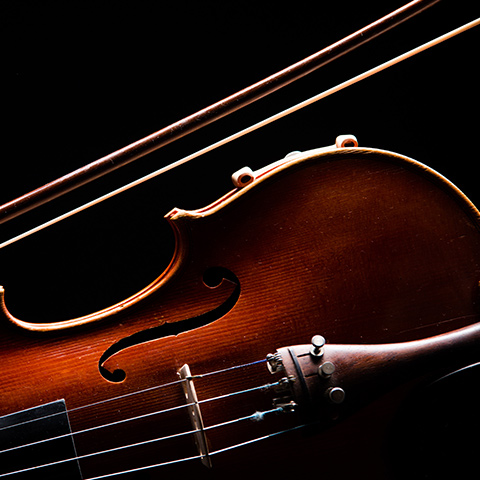PAUL HINDEMITH: Sonate für Bratsche allein (1937)
Showcasing clever, idiomatic writing for the instrument, Hindemith’s fourth and final sonata for solo viola is eccentric. Letters written by the composer suggest that this composition was not fully notated at the time of its premiere, infusing well-organized motives with a sense of spontaneity. Of note, the second movement contains a pizzicato section. This technique will be executed under the arm to allow for more punctuated chords and "hammer-on" pitches, imitative of a guitar or other plucked instrument.
DREW KEEVE: Improvisation on a Theme for Violin and Viola
An exploration of a simple melody, this performance will feature metric, melodic, and harmonic improvisation. While free improvisation is an option for the performers, creative structure, pulse, and collaboration are paramount.
J.S. BACH: Suite No. 5 in C Minor BWV 1011
Suite No. 5, most commonly performed on cello in standard tuning, is given an original scordatura tuning with the uppermost A-string lowered to the sounding-pitch G. This instrumental alteration produces a darker, deeper color appropriate to the key of C minor and fully demonstrates Bach’s use of voicing and chord structure. Inspired by but not limited to the content of the suite, this performance will conclude with an improvisation that explores the unfettered potential of the scordatura viola.

